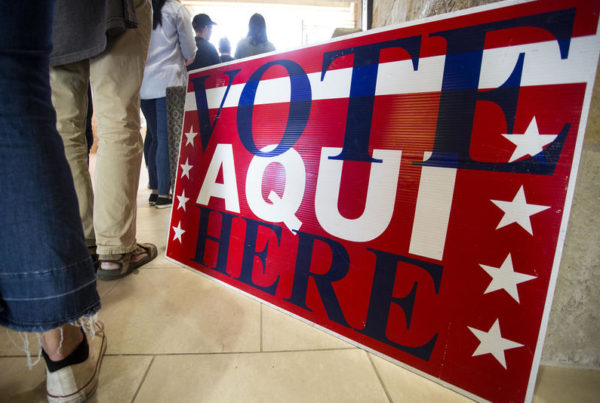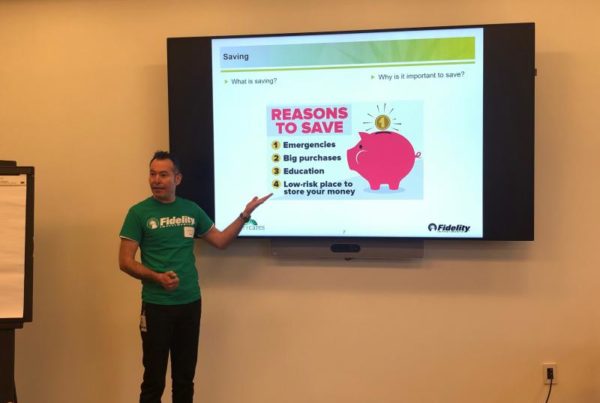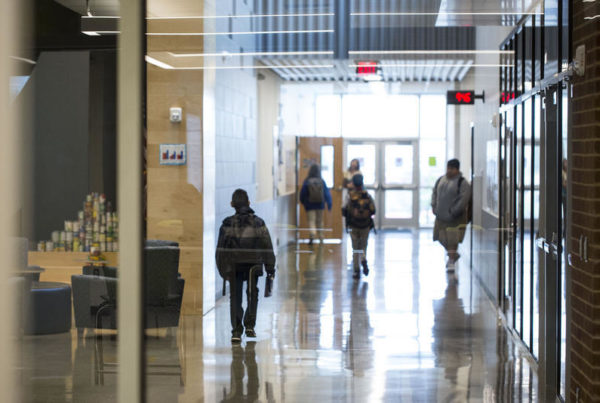There are currently dozens of cases of confirmed COVID-19 in the United States. That’s the respiratory disease caused by the novel coronavirus. The first case of the disease not linked to travel, or to contact with someone else known to have the virus was recently confirmed in California. Now, the Centers for Disease Control and Prevention has warned Americans to be prepared for further spread of the disease here.
San Antonio, Texas’ second largest city, is beginning its own preparations.
“We are as prepared a city in the nation based on our teamwork with STRAC,” says San Antonio Mayor Ron Nirenberg.
The Southwest Texas Regional Council, or STRAC, coordinates emergency health care for a 22-county area of South Texas – a region the size of West Virginia.
“Trauma patients: if you’re in a car wreck or shot or fall out of a tree. Cardiac patients: if you have a heart attack. Stroke patients; the regular emergency health care system,” says STRAC executive director Eric Epley. “[And] one of our other jobs is to manage the disaster response for healthcare.”
There are 74 hospitals in STRAC’s network. It also oversees emergency response plans for air medical providers, and more than 70 emergency medical services, or EMS, agencies.
Epley says it drills various agencies for disaster preparedness, including for infectious diseases.
“We’ll bring the hazmat guys, we’ll bring the special operations unit from the first department, and work directly with the preparedness staff and the emergency department staff and walk through, literally step by step by step, in slow motion, a little bit like a football team: you run the play slowly and speed it up and speed it up, so when you have to do it real time,” Epley says.
It was STRAC that called on Methodist Hospital Texsan in San Antonio to care for the first patient diagnosed with COVID-19 in the city. It was an evacuee from Wuhan, China, who had been quarantined at Joint Base San Antonio, Lackland.
Chief Medical Officer Paul Hancock says Methodist Texsan was and remains ready for patients who need specialized care for infectious diseases.
“We have isolation rooms that are available, we have the personalized protective equipment that is necessary, and we have staff that are familiar in the use of the personalized protective equipment,” Hancock says.
The personalized protective equipment will be key if this virus spreads. It includes impervious, plastic gowns and N-95 face masks, which are nothing like the masks you can buy at the store. Health care workers also need eye protection and gloves. And they have a strict protocol for putting that gear on and taking it off.
“We call that donning and doffing the equipment, and not only do we follow that process very closely, we also have another staff member observing the caregiver putting it on and also observing the caregiver removing the equipment,” he says.
Epley of STRAC says the Regional Medical Operations Center, or RMOC, has been partially activated throughout the COVID-19 quarantine at Lackland.
“And RMOC is where hospitals, public health, our EMS colleagues, our air medical colleagues, Bexar County Medical Society, the UT Health Science Center … all of those people come together physically, in one place,” he says.
STRAC activates RMOC during disasters that require an emergency medical response.
“And it’s worked well for us during the last 15, 20 years with hurricanes, but it also worked well with H1N1, it worked well with Ebola, and it’s working really well for COVID-19,” Epley says.
And that’s the thing about disasters: they happen. And infectious diseases, they happen, too. They always have. Hancock, at Methodist Hospital System, says they always will.
“Hopefully this one will pass soon, but next year or the next year or the next year, there will probably be something else, and we’ll be prepared for that as well,” he says.
Worldwide, more than 82,000 people have been infected with the coronavirus. There are cases on every continent except Antarctica.
Note: This article initially stated there are 14 confirmed COVID-19 cases in the U.S. The number has increased since then.















